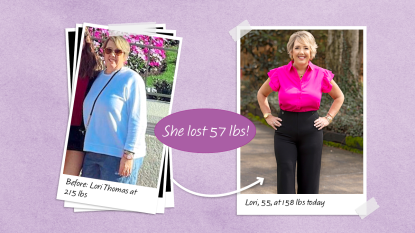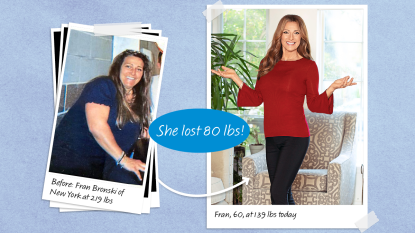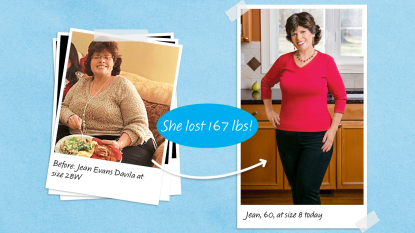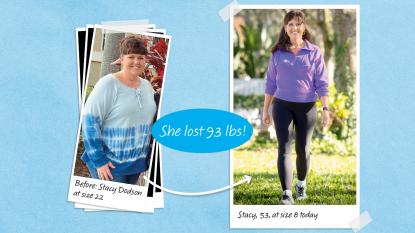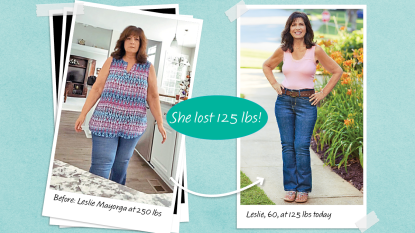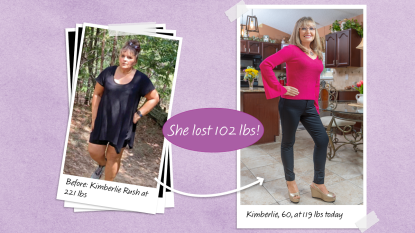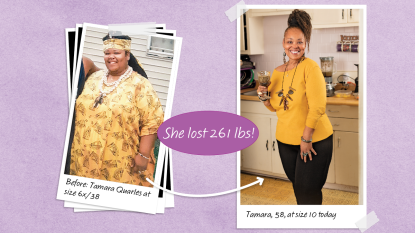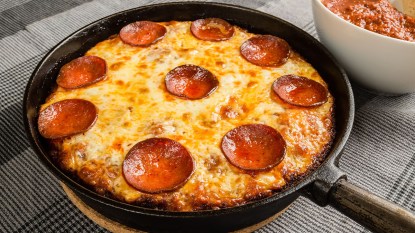Can Smaller Plates Really Trick Your Brain Into Eating Less?
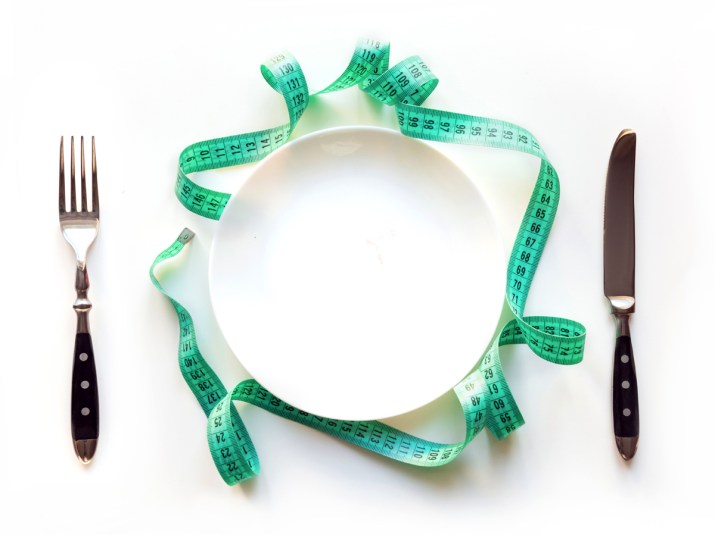
If you’re struggling to shed frustrating pounds, you’ve probably tried looking up every trick in the book. One popular technique you may have come across is swapping out larger plates for small ones when dishing out your meals. It’s so simple, but does it work?
The idea is based on something called the Delboeuf Illusion, which claims that using a smaller plate will not only help to serve less food, but the portion will actually appear larger and more filling. In turn, you will feel like you’ve eaten a lot while actually eating less.
There is a lot of debate between researchers from various studies on how effective smaller plates really are. In 2014, a promising study published by the International Journal of Obesity took the same theory and applied it to plates with wider or more colorful rims around them (which makes the inner plate look smaller). On average, participants overestimated the amount of food on plates with a wider rim. The color of the rim also seemed to trick participants into thinking there was a bit more food on a plate. These results definitely make it seem like the illusion can help us pile less on our plates without realizing it.
On the other hand, Barbara Rolls, a professor of nutritional sciences at Penn State University, found no connection between plate-size and amount of food consumed. She and her research team created two different scenarios with different sized plates serving the same amount of food, and another one where the plates were smaller but participants were able to go back for more food like a buffet. They didn’t even find that plate size made a difference when the test subjects had to get up and walk over for extra portions.
Although Rolls discussed her study with CSPI last year, it’s important to note it was actually conducted in 2007. Still, a more recent study from 2018 seems to back up the skepticism. Dr. Tzvi Ganel from the Ben-Gurion University of the Negev in Israel observed people who hadn’t eaten anything for at least three hours and asked them to identify proportions of pizza slices on differently sized trays. They were all able to correctly judge the amount of food better than other participants who had eaten more recently. The results led Dr. Ganel and his team to believe that the hungrier we are, the less likely we are to be fooled by an illusion.
With all of that in mind, it is difficult to definitively say whether or not the Delboeuf Illusion can help us trick ourselves into eating less. However, there’s also no harm in testing your own reaction to smaller plates (or ones with wide and colorful rims) for your food. If you also have a few healthy snacks throughout the day to keep you from getting too hungry in between meals — and avoid buffets — you just might be able to drop a few pounds either way!
If all else fails, you’ll at least have less space on your dishes to rinse off at the end of the day.
More From Woman’s World
11 Adaptogens That Boost Energy and Banish Brain Fog
9 Ways to Trick Your Body’s ‘Brown Fat’ Into Helping You Lose Weight Faster
A New Hormone Injection May Net the Same Results as Weight Loss Surgery


